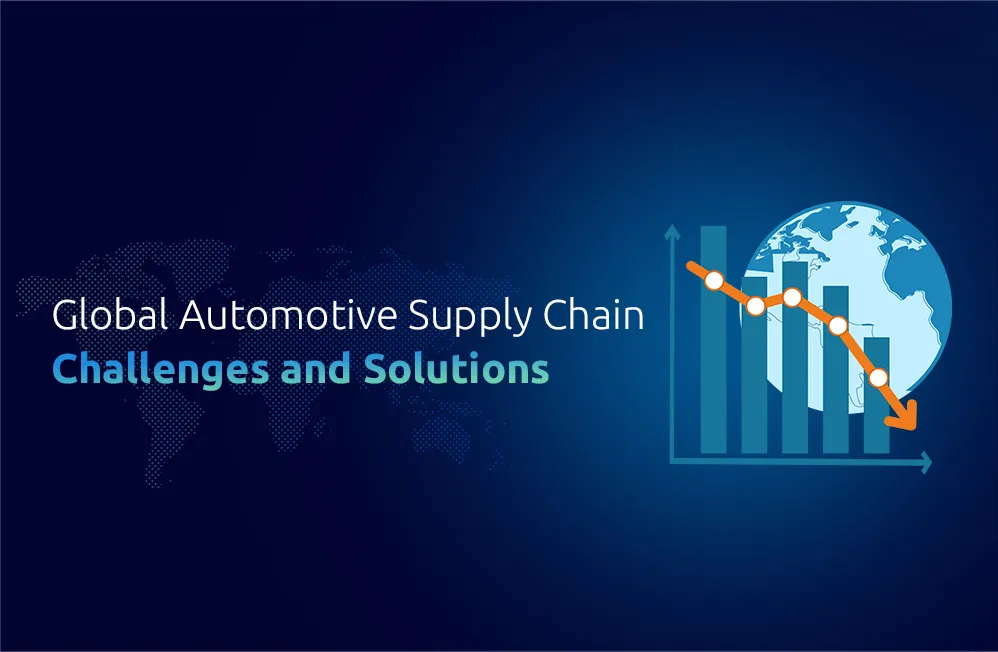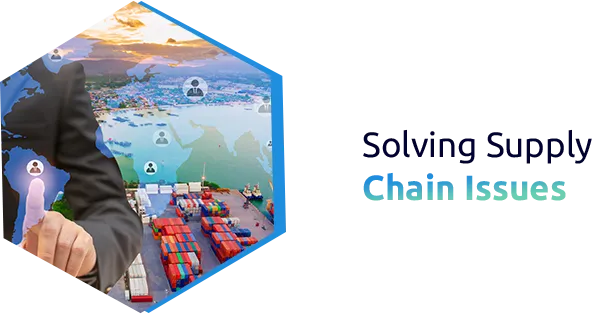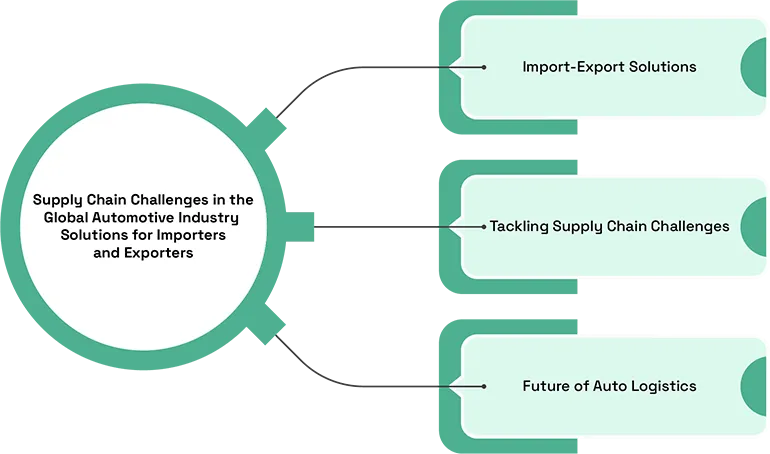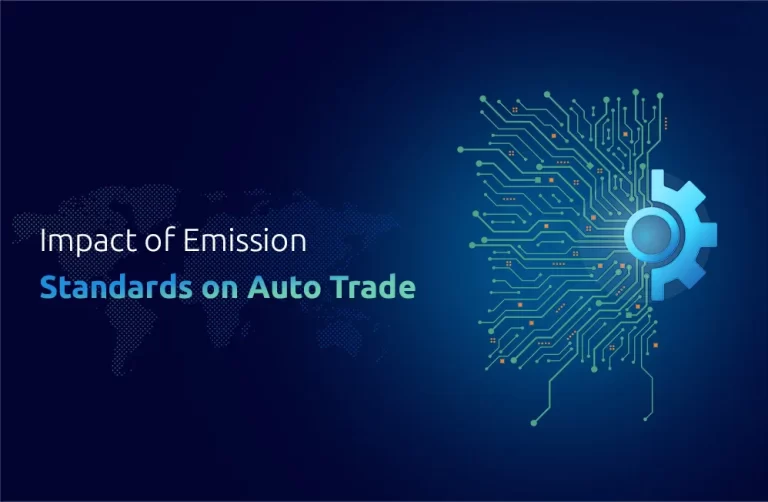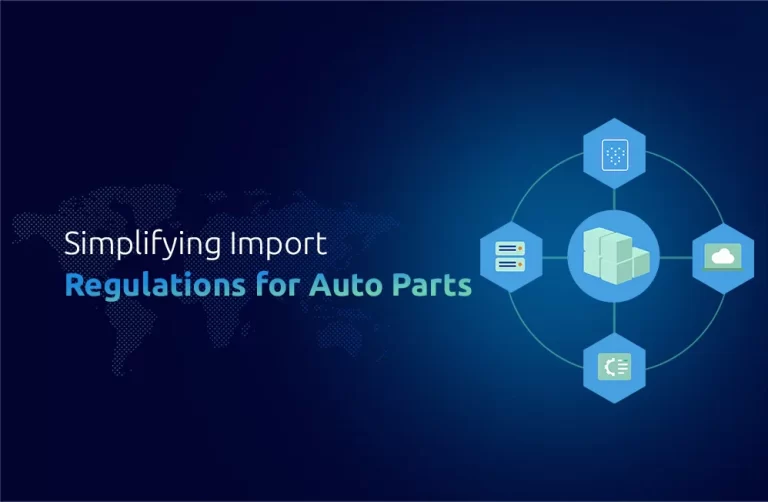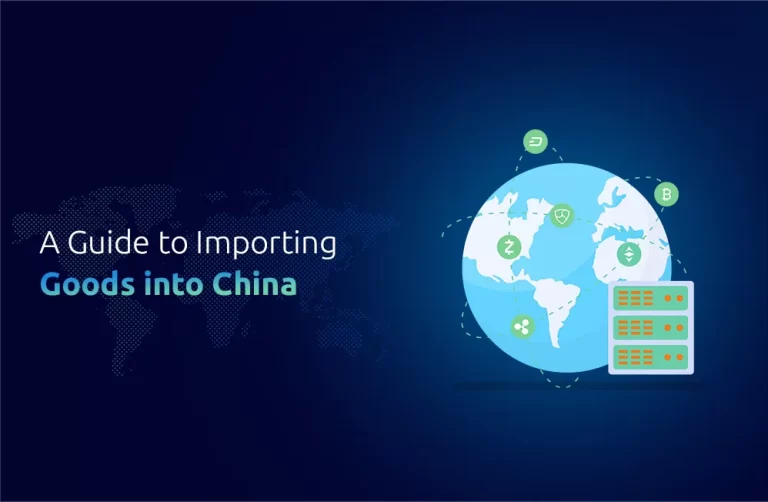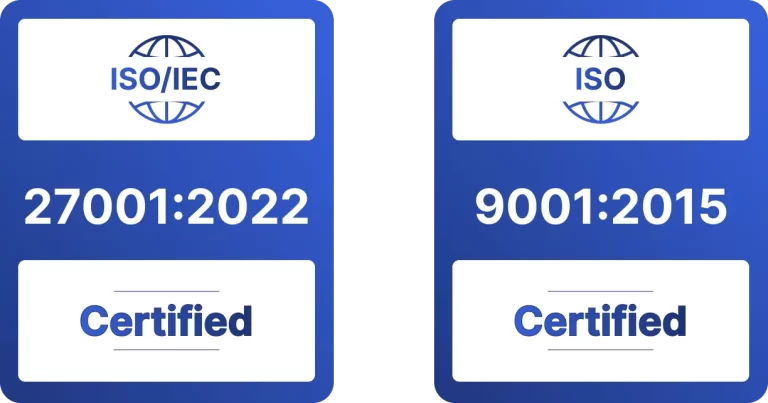Insight
The automotive market is a fundamental economic chain enabling commerce worldwide while pushing development through innovation. The rising consumer requirements for automobiles and their components create various supply chain issues for the industry. Operations efficiency becomes difficult to maintain because these problems exist for importers and exporters. The blog evaluates how businesses can tackle automotive import-export supply chain difficulties in modern global markets through strategic solutions.
The Global Automotive Supply Chain: Key Challenges
Several industries and many key regions comprise the complex worldwide automotive supply chain management system. A diverse supply chain network of manufacturers depends on suppliers who deliver raw materials and several parts to assembly lines efficiently and on time. Multiple elements generate disturbances within the vulnerable system of this ecosystem.
Disruptions Due to Global Events:
During the COVID-19 pandemic, the automotive industry revealed its exposure to disruptions that stem from supply chain problems. Factory shutdowns, labour force gaps, and transport disturbances caused extreme disruptions to vehicle manufacturing operations, producing long delivery delays and insufficient supply availability. The world’s recovery process is experiencing ongoing supply chain disturbances because of ongoing geopolitical tensions between nations & their trade restrictions. The worldwide events complicate import/export operations by creating unpredictability regarding product shipments, which impacts manufacturing schedules & shipping deadlines.
Logistical Bottlenecks:
The automotive manufacturing sector requires the intense application of just in time production because components must reach the assembly line before starting assembly operations. The system allows manufacturers to reduce storage expenses & efficiently operate production. Shipping delays, insufficient truck driver availability, & port bottlenecks create major issues for the delivery system. The delivery delays cause important parts to reach production late, & manufacturing operations must halt, leading to costly production stoppages.
Shortage of Raw Materials and Components:
The automobile industry struggles to secure raw materials to sustain production, especially semiconductors, steel, and aluminium. Semiconductors have undergone a global shortage as well, and given how critical they are for modern vehicle electronics, the latter has been hit particularly hard. The shortage has already caused production delays and shut down manufacturing lines for several automakers. Moreover, trade restrictions, environmental considerations, and the depletion of natural resources compound the challenges of obtaining raw materials on competitive terms.
Supply Chain Transparency and Visibility:
The automotive supply chain comprises numerous business units extending through multiple supplier levels. Limited transparency in supply chain operations causes difficulties for importers and exporters to monitor goods status and component origins and meet delivery deadlines. Tracking systems not properly implemented by companies create challenges for them to properly identify and implement risk management strategies within their supply chain.
Regulatory Compliance and Trade Barriers:
Automotive sector importers & exporters require expertise to traverse industry regulations, trade barriers, and various tariffs. Each state maintains different regulatory structures, resulting in various difficulty levels when handling import-export operations. Sustainability regulations related to environmental policies are compelling enterprises and putting operational pressure on them to adapt their supply chain to meet new standards.
Solutions to Overcome Automotive Supply Chain Challenges
Automotive supply chains present businesses with various challenges they can overcome through specific operational strategies that address these obstacles and increase operational efficiencies. Businesses can optimize operations through technological adoption, strategic partnerships and improved logistical systems.
Businesses must accept modern technology to improve their supply chain monitoring capabilities:
The most efficient method to fight supply chain interruptions involves enhanced supply chain transparency. The implementation of supply chain management software allows importers and exporters to track their goods in real-time through platforms that monitor inventory levels, delivery timelines, and shipment status. Companies that create monitoring systems achieve reduced risks from delivery delays and gain the ability to prepare early for supply disruptions.
Strengthen Associations with Reliable Suppliers:
Suppliers with strong business connections will help their customers avoid raw material shortages and logistical delays. Working in partnership with reliable suppliers allows businesses to get deliveries promptly, which helps prevent inventory depletion and secures improved prices. Such preparedness enables businesses to predict better future market needs, secure backup resources, or boost stock holdings before stable conditions occur.
Diversify the Supply Chain:
Diversification is a proven method that helps reduce supply chain risks. A company building its supply chain across multiple regions with multiple suppliers creates an approach that reduces supply chain dependency on one supplier or market. The strategy allows disrupted suppliers to be replaced by alternative suppliers in the network. The strategy is useful for protecting businesses from trade wars and other geopolitical challenges.
Leverage Data & Predictive Analytics:
Combining predictive analytics with data-based decisions improves the management processes of automotive supply chain markets. Businesses utilize data from past sales statistics combined with supply patterns, delivery delays, and supplier outcomes to predict upcoming threats, which allows them to modify their approach. Businesses should use database information to analyze shipping patterns and inventory needs, which lets them address challenges in advance and reduce operational disruptions.
Execute Resilient Logistics Solutions:
The solution to avoid logistical bottlenecks requires businesses to invest in logistics systems which exhibit better reliability and adaptability. The solution includes various methods such as different shipping routes, enlarged warehouse storage and air-based transportation for urgent shipments. Companies should collaborate with logistics companies with experience in dealing with complex supply chains because such partnerships ensure fast and safe transportation of goods.
One Union Solutions’ Role in Simplifying Supply Chain Operations
At One Union Solutions, we focus on industries like aviation, automobile, IT, and medical equipment that are facing specific challenges. From logistics to warehousing through compliance, we deliver businesses with the means to simplify the supply chain operations and minimize risk. We provide innovative solutions for inventory management alongside precise tracking tools and reliable shipping options that allow you to enhance your supply chain.
Did You Know,
The World Bank indicates that automotive supply chains will experience year-over-year growth, reaching 4.5% from 2022 to 2026.
FAQs
Which problems primarily disrupt the automotive supply chain?
The main barriers to overcome include worldwide disruptions, distribution obstacles, resource deficiencies, insufficient supply chain visibility, and mandatory business compliance.
What steps should businesses take to make their supply chain more visible?
Businesses that manage supply chain management software can gain real-time monitoring of their product delivery and inventory tracking functions to achieve better supply chain visibility.
What essential role does diversification serve for the automotive supply chain?
Diversification enables businesses to spread their supply chain beyond one supplier or region, protecting them from disturbances like trade wars, natural disasters, and supply shortages.
What value does predictive analytics deliver to automotive supply chains?
Through predictive analytics, businesses can predict market risks and demand patterns, which lets them boost their inventory control systems and the effectiveness of delivery timing.
What types of logistical solutions would let businesses solve their current blockages?
Compatible logistics solutions featuring alternate delivery paths, air transport options, and expanded storage space enable companies to handle delivery delays effectively and maintain on-time delivery schedules.

